The 6 best safety tips for painters is to help you accomplish your painting project safely without any form of accident.
Sometimes I see painters neglecting safety requirements which could lead to unavoidable accidents , injuries and and sometimes death.
Painting is a fascinating experience and a wonderful way to express creativity, add personality to a space, and rejuvenate tired surfaces.
However, it’s crucial to prioritize safety throughout the entire painting process.
From selecting the right materials to proper ventilation and down to cleanup, every step contributes to a safe and enjoyable painting experience.
Lets move on as I will be exploring the essential steps and precautions to ensure your painting project is not only successful but also safe for you, your clients, your family, and the environment.
1. Proper Ventilation
One of the primary safety concerns for painters is the exposure to volatile organic compounds (VOCs) found in paint and solvents.
These compounds can pose health risks to painters when inhaled in high concentrations, which could lead to headaches, dizziness, nausea, respiratory problems, and even long-term damage to the nervous system and other health complications.
To minimize exposure, please ensure adequate ventilation in the workspace by opening windows and using fans.
You can consider the difference between oil- and water-based paint because water-based paints have lower odor and emit fewer harmful fumes during application unlike the oil based paint.
2. Personal Protective Equipment (PPE)
To effectively achieve these best safety tips for painters, the proper use of appropriate PPE is very essential to protect oneself from potential hazards.
These PPE includes the following.
1. Respiratory Protection
Use a respirator mask rated for paint fumes to prevent inhalation of harmful vapors.
2. Eye Protection
Wear safety glasses or goggles to shield eyes from splashes and fumes too.
3. Skin Protection
Wear long-sleeved shirts, pants, and gloves to prevent skin contact with paint and solvents.
4. Head Protection
Use a hard hat when working in areas where objects may fall from above.
3. Safe Handling and Storage of Materials
Proper handling and storage of painting materials are crucial for preventing accidents and chemical exposure.
Please ensure you heed to these three guidelines.
1. Read the labels
This is very important, any time you want to purchase your painting materials , always read the labels to familiarize yourself with the safety instructions and precautions on paint cans and solvent containers.
2. Store materials properly
After using paint for the day, ensure you keep all paint cans tightly sealed and store them in a cool, dry place away from heat sources and flames.
3. Dispose of waste responsibly
Make sure you dispose of all paint residues remaining, empty your paint containers, and use solvents according to local regulations.
4. Fall Guide
One of the importance of safety tips for painters is that most times painting involves working at heights, whether on ladders, scaffolds, or elevated platforms.
Falling from a high place can result in serious injuries, fracture or even death, so it’s very important to take appropriate precautions when you are going to work in a high place.
Make sure you inspect all work equipment before use, inspect your ladders, scaffolds, and other elevated platforms for any defects or damage.
Use fall protection gear. When working at heights above six feet, use fall arrest systems such as harnesses, lanyards, and anchor points.
Also ensure ladders are stable and securely positioned on a level surface, and always maintain three points of contact while climbing.
5. Fire Safety
Painting activities involving flammable materials such as solvents and thinners which pose a fire hazard if proper precautions are not taken.
The following fire safety tips will help you.
1. Keep flammable materials away from ignition sources
Store solvents and thinners in a separate well-ventilated area away from heat, sparks, and open flames.
2. Have fire extinguishers readily available
Keep fire extinguishers readily available in your workspace, and ensure everyone knows how to operate them.
Different types of extinguishers are suitable for different types of fires, so ensure you have the appropriate ones for your workspace.
3. Implement safe work practices
Avoid smoking or using open flames in painting areas, and never store flammable materials in hot or confined spaces.
6. Ergonomic Considerations
Professional Painting can be a physically demanding work, leading to strains and injuries if proper ergonomic practices are not followed.
Make sure you always maintain a good posture and use proper body mechanics while working.
This includes keeping the back straight, bending the knees when lifting heavy objects, and avoiding awkward twisting or reaching motions.
Ensure that your work surfaces, such as tables or scaffolds, are adjustable to accommodate your different heights. This helps minimize the need for awkward reaching or bending, reducing the risk of strains and fatigue.
Invest in ergonomic tools and equipment designed to reduce strain and fatigue.
For example, using lightweight paint sprayers with ergonomic handles can help minimize hand and wrist fatigue during prolonged use.
Similarly, choosing brushes and rollers with comfortable grips can improve comfort and reduce the risk of hand and wrist injuries.
Conclusion
While painting may seem like a relatively safe activity, it presents various hazards that painters must be aware of and prepared for.
By implementing the 6 safety tips I outlined, you can protect yourself from potential risks and ensure a safe and enjoyable painting experience.
Remember, safety should always be the top priority, allowing you to unleash your creativity with peace of mind and also achieve beautiful results while protecting your health and the environment.
Hope these tips are helpful to you ?
If your answer is yes, Happy painting!

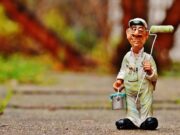



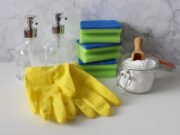




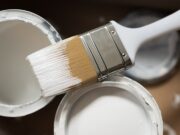

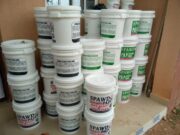

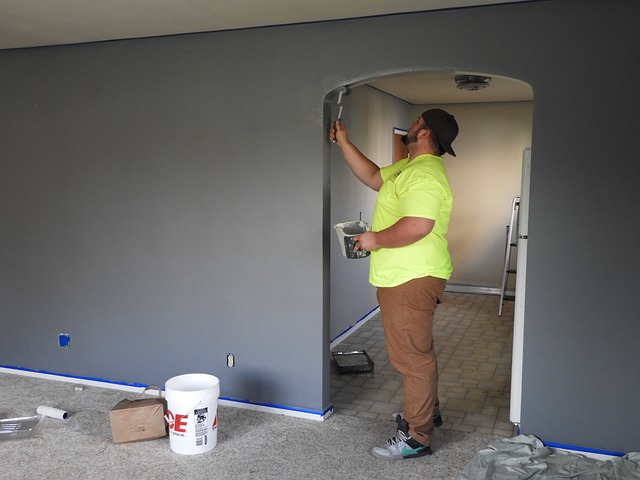
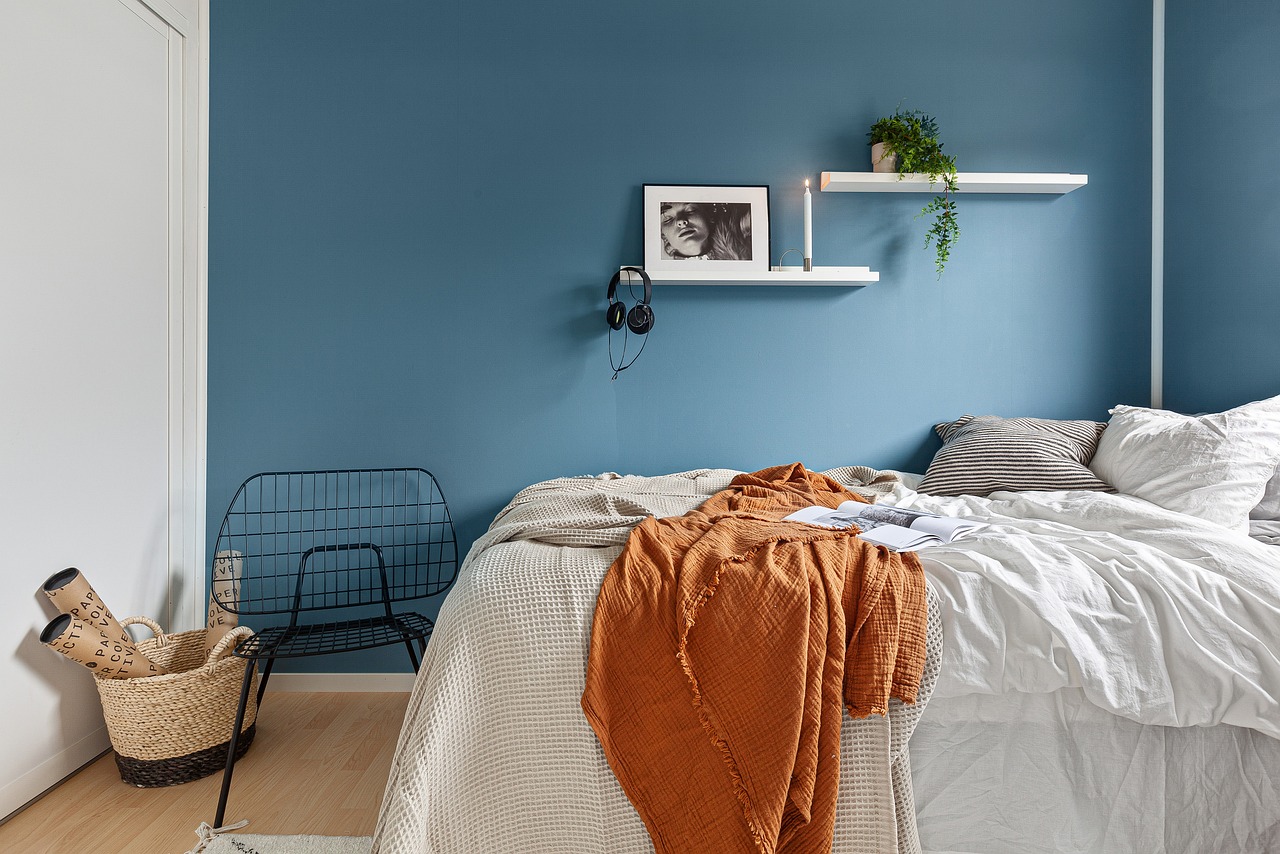

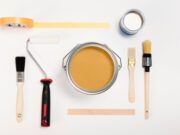

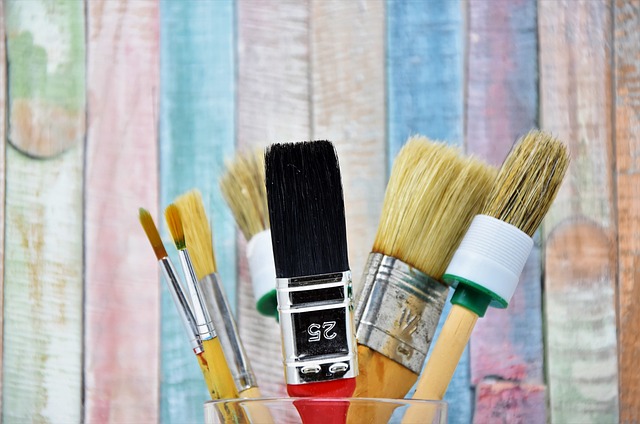




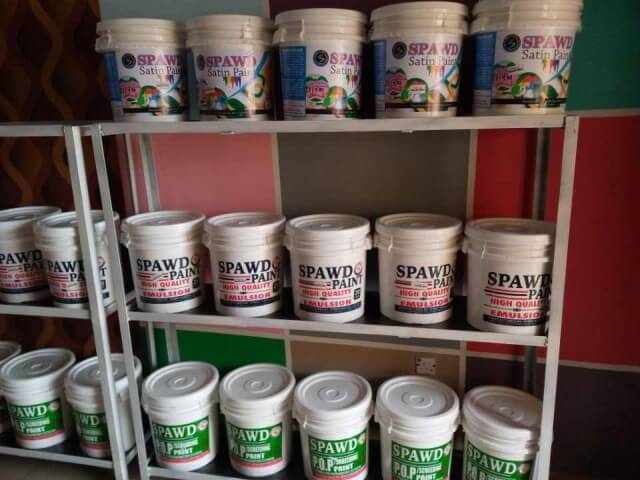
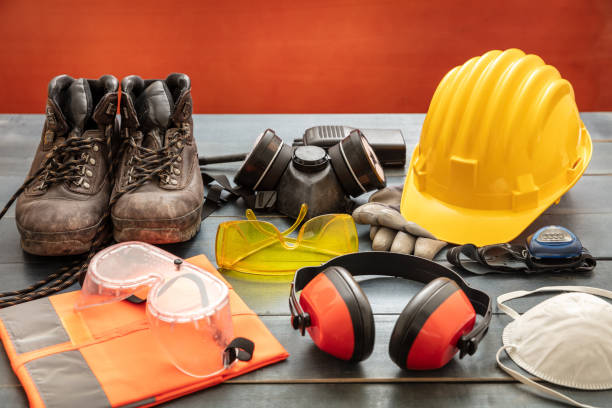






[…] painting companies make sure they prioritize the best safety tips by sticking to industry standards and regulations, thereby minimizing the risk of accidents or […]